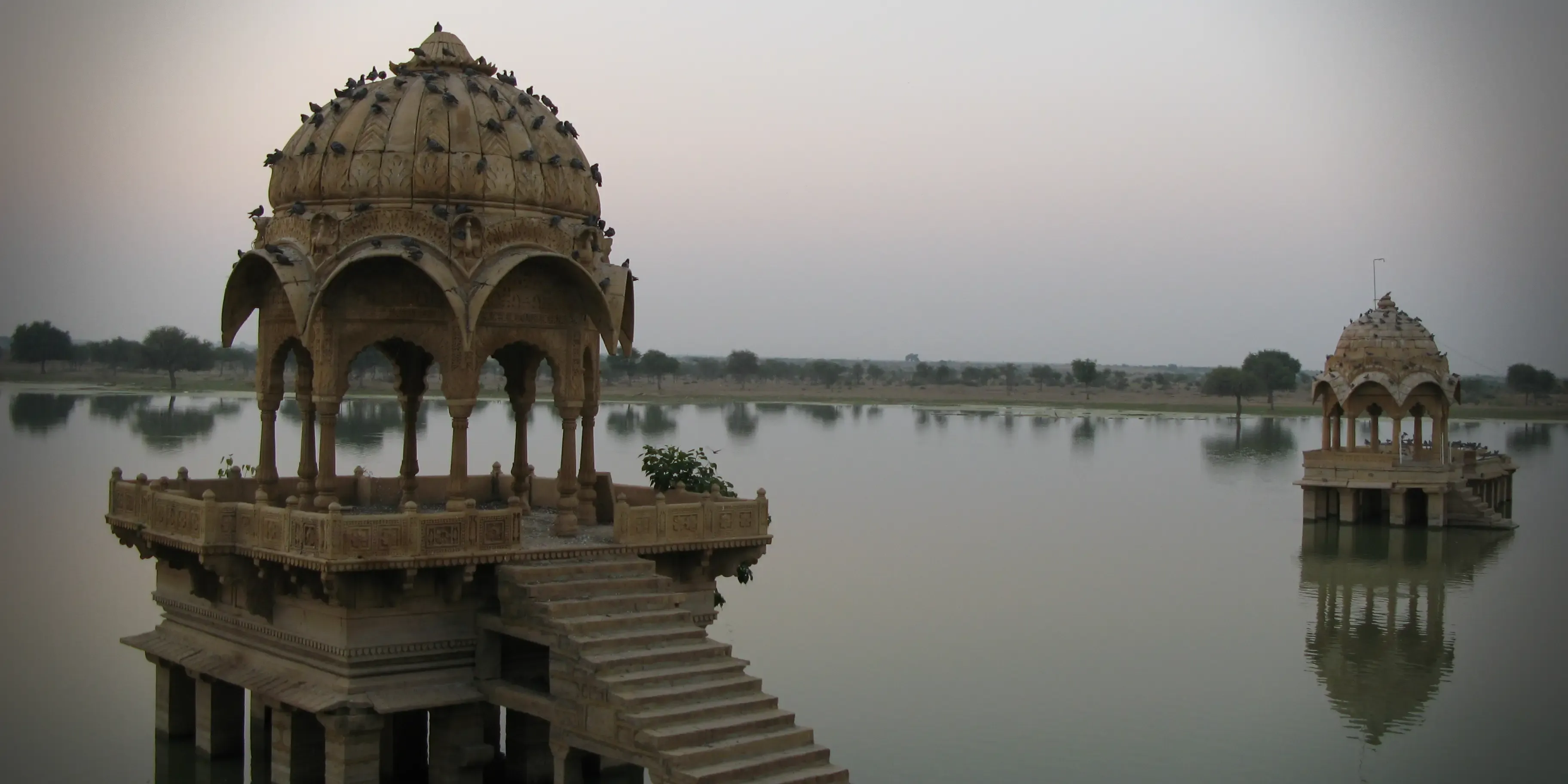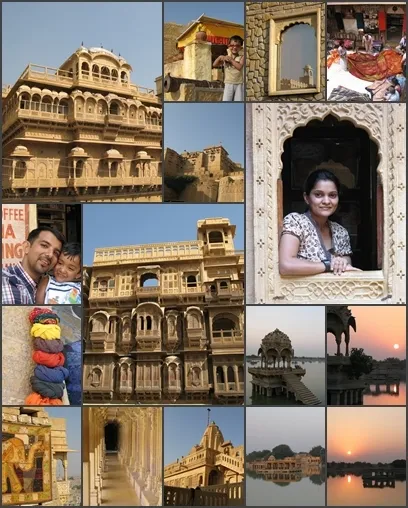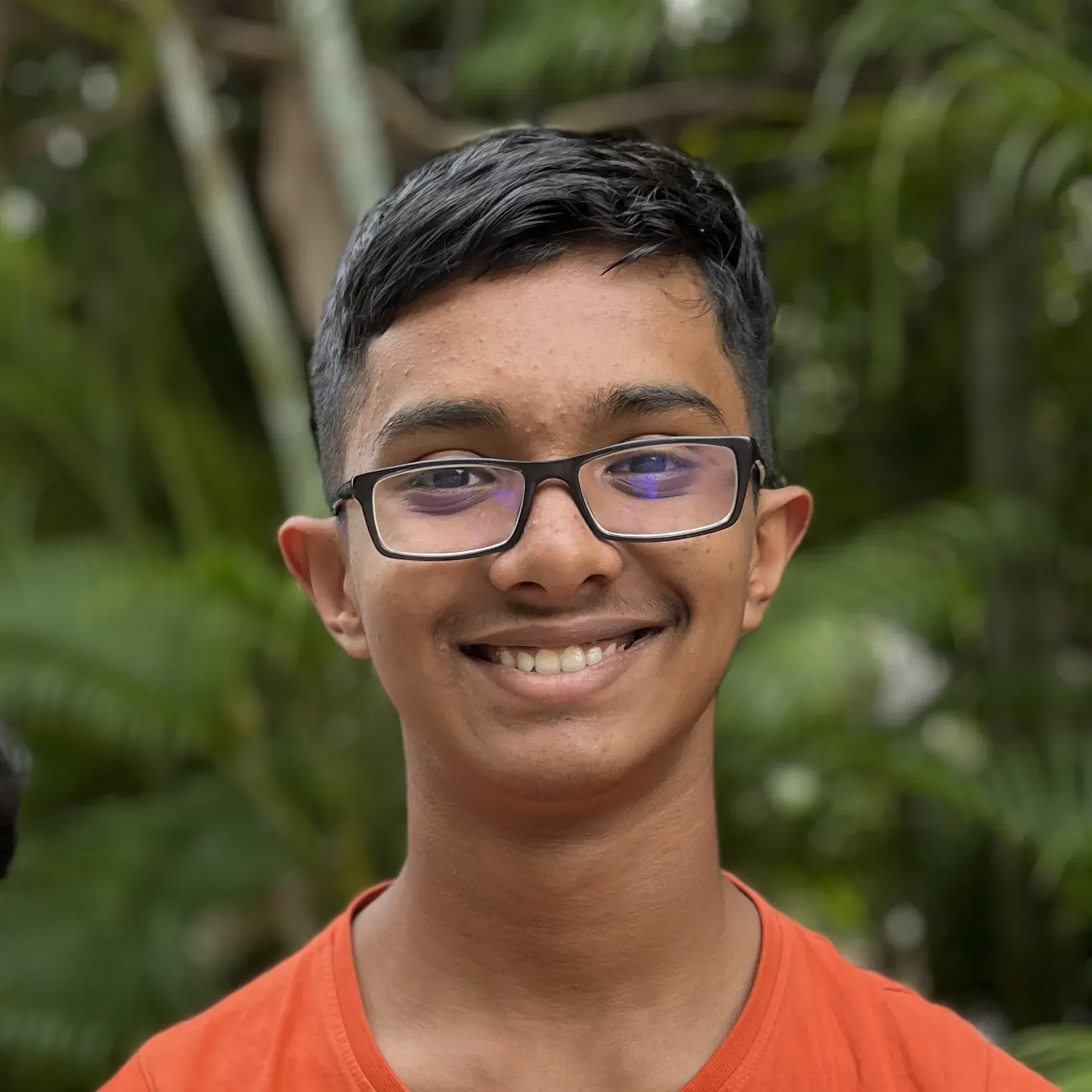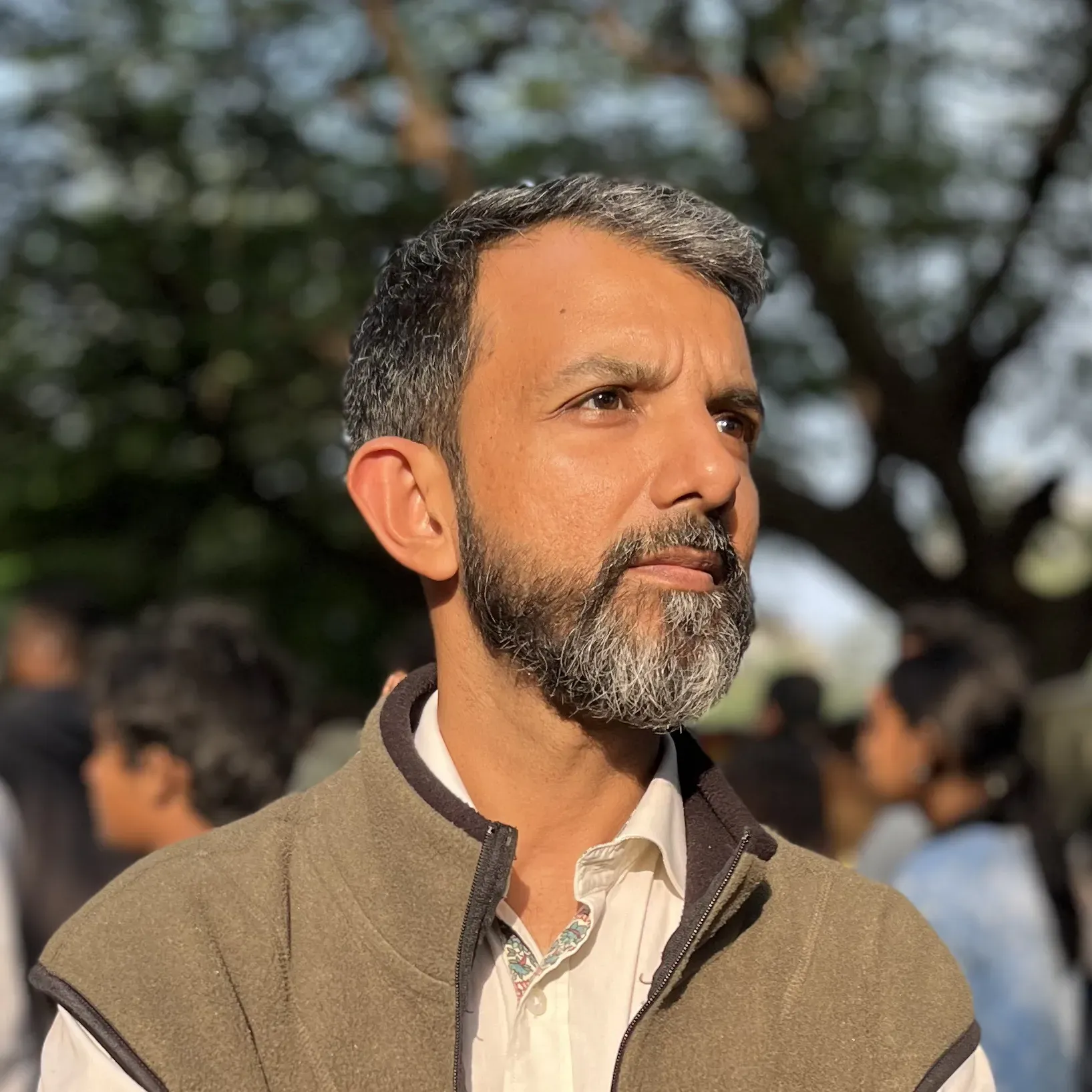Jaisalmer

We arrived in Jaisalmer early in the morning, around 4:00 AM. Getting from the station to the hotel can be quite a hassle, especially in the early hours. Since we hadn’t arranged for a hotel pick-up service, we found ourselves surrounded by about ten people at the station, who wouldn’t even let couples talk to each other. Ultimately, we hired a local for 40 INR to take us to Deoki Niwas hotel. When we arrived, we had to wake the staff up, but the hotel was newly opened, spotlessly clean, and offered good service and breakfast.
After getting some rest, around 10:00 AM, we headed to Satyajit Ray’s “Sonar Kella” - Jaisalmer Fort where we hired a guide to show us around. This palace is constructed from yellowish sandstone and adorned with several ornate Jain temples. Many of the houses and temples within the fort are finely sculpted. It’s the only living fort, with about a quarter of the city’s population still residing within its walls. The main attractions inside the fort include the Raj Mahal (Royal Palace), Jain Temples, the Laxminath Temple, and the four massive gates. It’s filled with artistic structures and monuments of historical significance.
In addition to the fort, there are havelis to explore, such as Patwon-ki-Haveli, an ornate five-story complex that took fifty years to complete. It’s the largest, most magnificent, and elaborate of all Jaisalmer havelis. Others include Nathmalji-ki-Haveli, Salam Singh-ki-Haveli, and Haveli Shreenath, all of which are within walking distance. Some of the doors and ceilings in these havelis are wonderful examples of old carved wood from centuries ago, with brass or iron fittings. The facades are a riot of ornamentation: flowers, birds, elephants, soldiers, a bicycle, and even a steam engine. Many of these havelis have countless rooms with decorated windows, archways, doors, balconies, and some are still occupied by the families that built them.
For lunch, we dined near the fort’s entrance at Little Italy (nothing extraordinary). In the afternoon, at 4:00 PM, we booked a desert safari that took us to Lodhurva. Lodhurva is renowned for its Jain temples, also built with the same yellow stones. The highlight is the Kalpavriksha, a celestial tree made of metals that replaced the original tree after it died. Since we hadn’t pre-booked a camel safari, they tricked us by stopping quite a distance from the actual Sam Sand Dunes and trying to get us to take a camel ride. A couple of kilometers before reaching the dunes, we saw the sunset, and by the time we reached the spot, it was already dusk. I was quite disappointed as we had come to see the sunset, but Santanu and Aarush enjoyed their first camel ride.
With heavy hearts, we returned to Jaisalmer fort and had dinner at 8th July, a restaurant run by an Indian residing in Australia. Mrs. Rama Bhatia provided highly personalized service, ensuring that we received home-cooked food prepared with great hygiene. Jags, the owner, has an in-depth knowledge of shayari and old Hindi film music. While it’s slightly more expensive, you get to enjoy clean and delicious food.

The next morning, Santanu went alone to see Gadisar Lake as Aarush was still asleep. After a leisurely breakfast, we checked out around 10:30 AM, took a final walk around the fort, and went back to the 8th July restaurant. This time, Mrs. Rama Bhatia was already hard at work. We secured the best spot with wonderful views of the palace, enjoyed a refreshing glass of fresh alphonso mango juice, and had lunch. The restaurant is located near the Dussera Pol gate, opposite the Palace.
Finally, we packed some food for dinner and picked up our luggage from the hotel, as we had a train back to Jaipur at 4:00 PM. This marked the end of our 2-day, 1-night trip in Jaisalmer.
A single night & 2 days in Jaisalmer is often sufficient, or a maximum of two nights if you’re keen on experiencing the sand dunes. Keep in mind that Sam sand dunes have become highly commercialized over the last decade. For a potentially better dune experience, some recommend heading to Khuri, a village located 45 km southwest of Jaisalmer. It’s worth noting that Train (#4060) lacks a pantry car, so it’s a good idea to grab your dinner before departing from Jaisalmer.
About the Author



